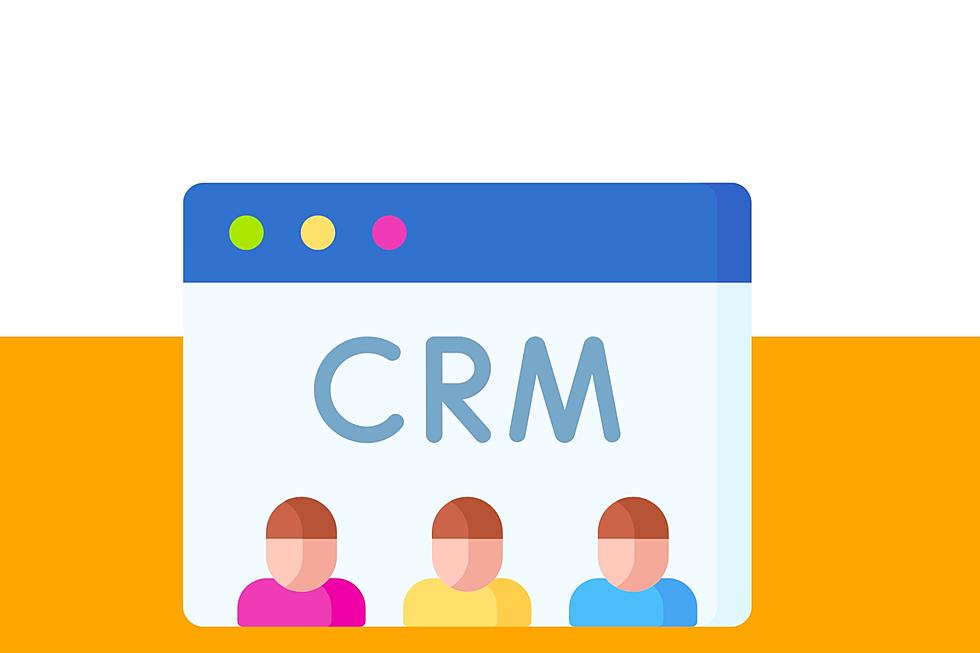
7 Tips on How to Utilize CRM Automation to Save Time & Money
Customer relationship management (CRM) systems are a critical tool for businesses of all sizes to nurture customer relationships and drive sales. However, the true power of CRM lies not just in managing contacts, but in maximizing automation and analytics capabilities.
Research shows effective CRM use can significantly impact business metrics. According to studies, CRM implementation is correlated with 29% higher sales and 42% more accurate sales forecasting. Additionally, 55% of sales representatives cite ease of use as a top priority when adopting new technology.
Despite these proven benefits, many organizations fail to fully leverage the automation features within their CRM systems. As Trevor White of Nucleus Research notes, “The relationship between organizations and customers has become increasingly complex. CRM vendors that can drive adoption through low friction, out-of-the-box functionality will see the greatest returns.”
This article will explore seven powerful ways to supercharge a CRM through automation, moving beyond manual tasks like data entry. From streamlining processes to integrating other tools, the tips outlined here can help organizations cut costs, boost efficiency, and gain valuable insights – achieving the true potential of CRM technology.
1. Automate Repetitive Tasks
One of the most time-consuming aspects of CRM is doing repetitive manual data entry chores. Inputting new leads, updating contact information, and documenting calls and emails all divert employees’ attention away from more important tasks.
Surprisingly, 32% of sales representatives manually enter data into their CRM for more than an hour each day. Because of this, sales representatives are unable to close agreements, communicate with prospects in an efficient manner, and sell.
The good news is that many of these typical chores can be automated using the CRM, saving you hours each week. For instance, by linking the phone system and email client, sales personnel can have their calls and emails immediately tracked in the CRM.
New leads can be uploaded instantly from online forms without any data entry. Contracts and invoices, for example, can be automatically associated with the appropriate contact data. Using the CRM to automate these mundane repetitive duties frees up salespeople to focus on more important responsibilities.
2. Use Workflows to Streamline Processes
CRMs allow you to set up automated workflows that initiate a sequence of operations depending on specified criteria, in addition to automating individual tasks. Workflows are incredibly useful for optimizing and guaranteeing consistency in company processes.
Setting up a lead conversion workflow is a common example. When a lead becomes an opportunity, have the CRM assign it to the appropriate sales professional, change the lead status, and send a welcome email to the new contact. Other workflows might be used to automatically escalate support cases that aren’t handled in a given amount of time or to route new orders to the shipping department.
By defining your main business processes and implementing related automated workflows, you may standardize operations and decrease manual handoffs between teams. This leads to speedier processing, fewer errors, and less time spent on coordination.
3. Implement Lead Scoring
It is imperative for sales teams handling huge volumes of prospects to score and prioritize leads according to attributes and behaviors. But it is almost impossible to accomplish this manually at scale. You can create automated lead scoring rules based on customizable criteria using CRM automation.
For instance, you can instruct the CRM to give leads who interact with your website, download several assets, or originate from targeted campaigns a better score. After a period of inactivity, leads that are not active may receive lower scores. Artificial intelligence (AI)–powered automated scoring can even identify patterns to forecast which leads are most likely to convert.
Representatives can concentrate primarily on high-potential prospects who are most prepared for outreach by utilizing automated lead assessment. By doing this, conversion rates are increased and time spent going through each lead is reduced.
4. Automate Email Campaigns
Utilizing timed, targeted email campaigns to nurture leads is a great practice for increasing the pipeline. But it’s not scalable to create and send these emails by hand. CRM automation helps you to set up complicated automated email marketing sequences with conditional logic.
For new subscribers, you may design a multi-step drip campaign with varied material that is activated based on whether they have opened previous emails or clicked links. Campaigns to bring back lapsed consumers can be automated. Depending on the lead’s position in the funnel, nurture streams can periodically send them content that will offer value.
If you plan out your ideal email journeys in advance, the CRM will be able to carry them out automatically without human input. This allows you to grow your marketing activities and save up time for more important things.
5. Integrate with Other Business Tools
In addition to their CRM, the majority of businesses nowadays utilize a wide range of additional business software. But these systems frequently function as disjointed data silos in the absence of integration. By integrating tools, CRM automation can dismantle these data silos.
To ensure that lead and contact records are synchronized between the two systems, for instance, integrate your marketing automation software with your CRM. To import support cases and ticket history, connect it to your helpdesk software. To retrieve order and billing data, connect it to your ERP. To keep track of tasks and projects with clients, integrate with your project management software.
The synchronization of important data between platforms is automated via these connectors. They give CRM users a single source of truth while removing redundant and outdated data.
6. Automate Reporting
It’s critical to monitor important performance indicators and trends over time, yet doing so frequently necessitates difficult manual labor. To deliver insights that can be put to use, CRM automation simplifies reporting.
You may guarantee visibility into current metrics without bothering with manual refreshes by scheduling automated dashboards and reports. As an illustration, make a weekly pipeline report that has the sales figures as of Monday. Create automatically updating dashboard widgets to provide quick access to key performance indicators.
Additionally, without the need for complex math, the CRM may reveal insightful data by utilizing built-in analytics. Create alarms to inform managers when there are deviations from goals, such as past-due invoices. Empower sales reps by automatically highlighting top-performing goods or customer groups right within the CRM.
7. Automate Onboarding
Onboarding new customers, partners, and staff is critical, but it is typically inconsistent and lacks structure. CRM automation, through automated workflows, can help businesses streamline these operations.
Businesses, for example, can create multi-step onboarding workflows for new customers, which include sending informative emails, appointing account managers, and scheduling follow-up conversations.
Automation can handle credential provisioning and training material distribution for partners. It can also be used for tasks such as equipment supply and IT access for new personnel.
By codifying optimal onboarding experiences, the CRM can execute them correctly every time, improving the experience for all parties involved and saving onboarding teams a substantial amount of time.
Utilize CRM Automation with Townsquare’s Business Management Platform
Using CRM automation is one of the best methods for businesses to get the most out of their investment in these systems. Companies may drastically enhance productivity and free up staff bandwidth by carefully mapping out processes and implementing automated workflows, triggers, and integrations. Learn more about our business management platform, and get started on the road to better efficiency and productivity for your business.
More From 92.9 The Ticket








